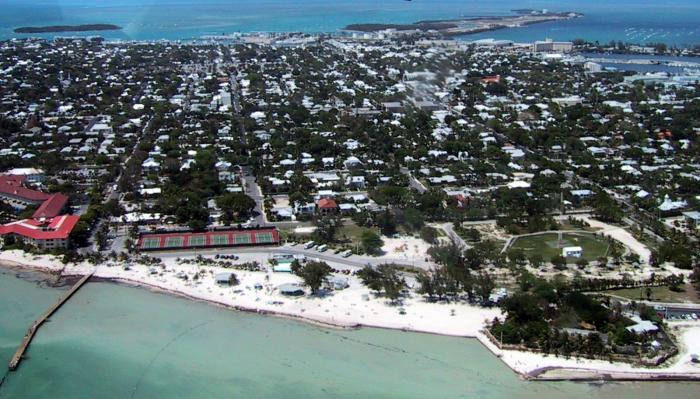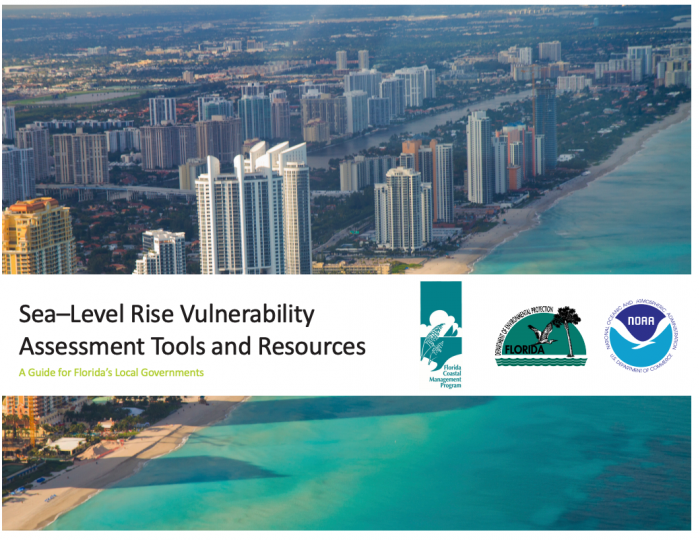Sea Level Rise Adaptation Planning
As evidenced by Climate Central’s ranking of U.S. cities vulnerable to sea level rise, Florida is the most vulnerable state in the U.S. to sea level rise, with its long, highly developed coastline, porous limestone bedrock, and exposure to tropical cyclones. More people and their property are at risk from sea level rise flooding in Florida than any other state.

We will use the document Sea Level Rise Vulnerability: Assessment Tools and Resources: A Guide for Florida's Local Governments (reading #2 in the Module 13 Road Map), as well as the more generalized materials from the Climate Resilience Toolkit to analyze and understand the planning process. The Florida guidebook provides guidance for approaching, developing, and completing sea-level rise risk and vulnerability analyses and scenarios and for incorporating the appropriate processes into local planning efforts. The document outlines the four major components or phases of sea level rise adaptation planning.

- Collaborate and define the planning context
This includes a survey of the physical, social, infrastructure, and environmental conditions (similar to your CVAT survey for the Capstone Project); determining goals, objectives, and principles; assembling a steering committee of community stakeholders and experts; and surveying past adaptation planning efforts.
- Identify your community’s vulnerabilities
A vulnerability (or risk) Assessment involves looking at the exposure, sensitivity, and adaptive capacity of the community (as described in detail in Module 11). There are many tools available to determine vulnerability. One example is the NOAA Sea Level Rise Viewer, which we used in Module 4 lab. In addition to visualization tools, modeling, and decision support tools are implemented.
- Determine strategies to address vulnerabilities
The development of adaptation strategies is based on the results of the vulnerability assessment. The strategies identified in this step can fall into several categories, including Protection, Accommodation, and Retreat. We considered protection, accommodation, and retreat strategies in Modules 8 (hard and soft engineering strategies), 9 (managed retreat strategies), and 10 (smart building).
- Implement
Implementation involves identifying and securing funding for implementing the strategies outlined in the third step. It also identifies who will perform implementation tasks, writing implementation plans, and determining how they will be integrated into existing plans, and how they will be evaluated.
